Pamphlet to accompany the presentation of Man Ray’s films at SEED, Tokyo. The season ran from Tuesday 9 September–Thursday 26 September, 1989.



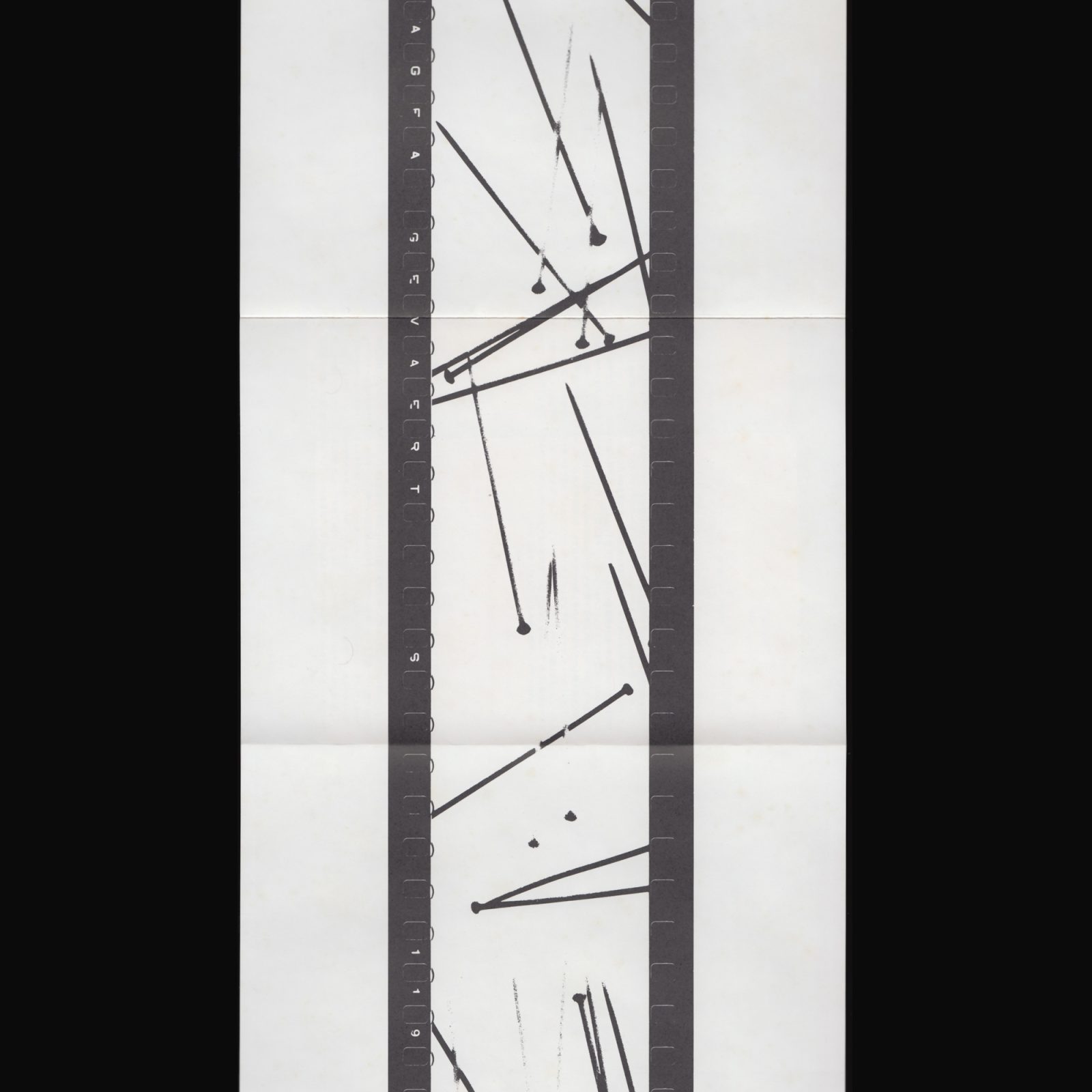


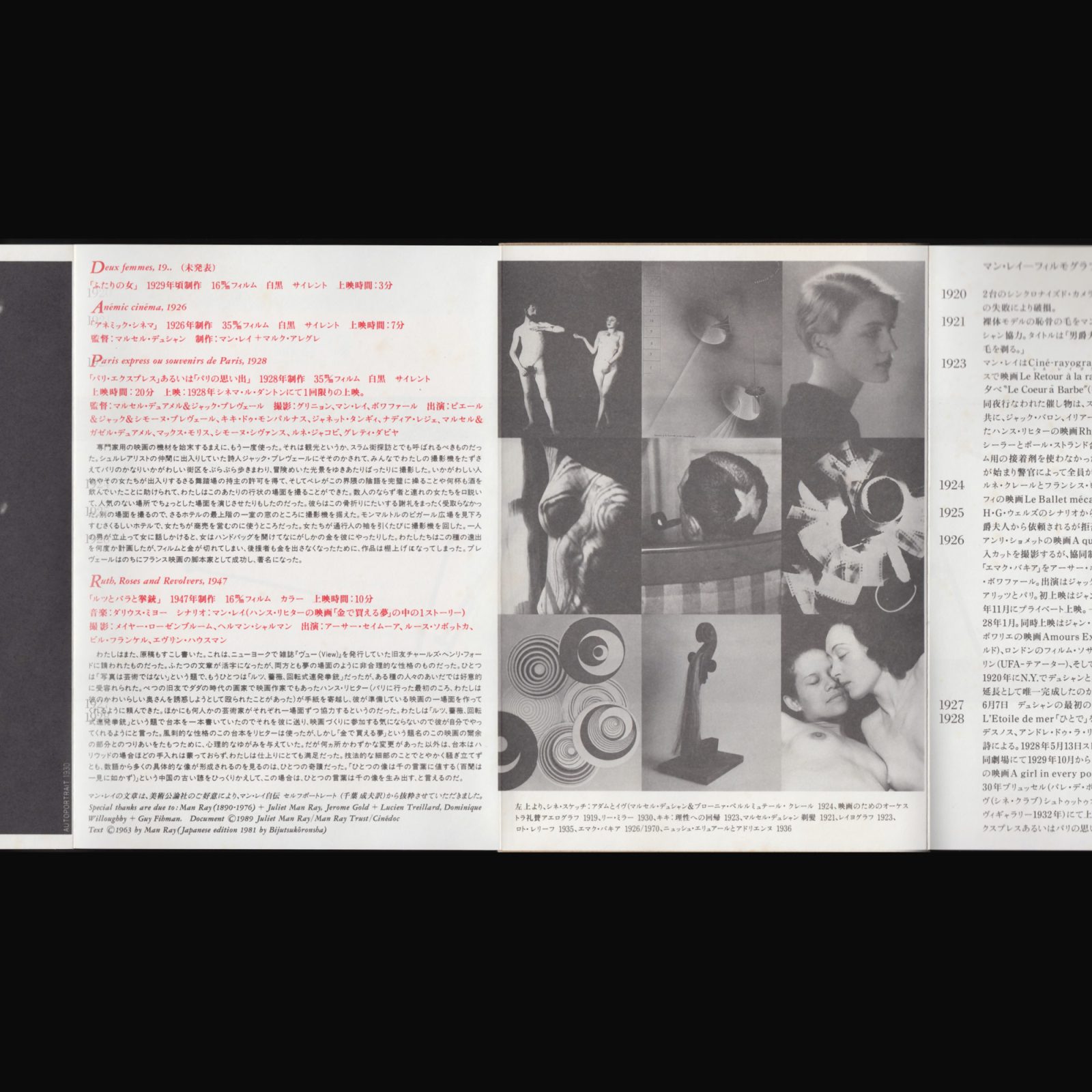











Japanese monograph dedicated to the photographic works of Man Ray.
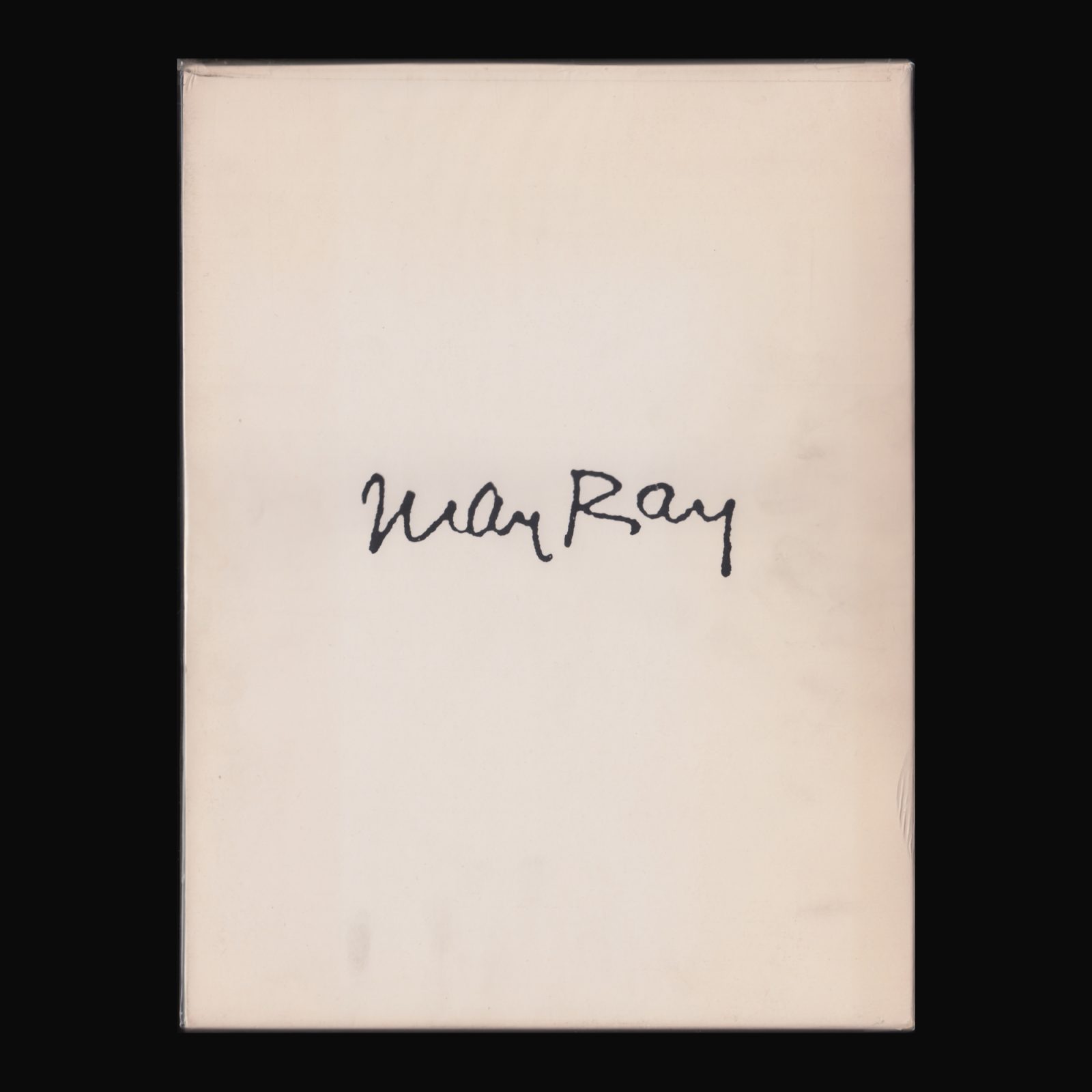
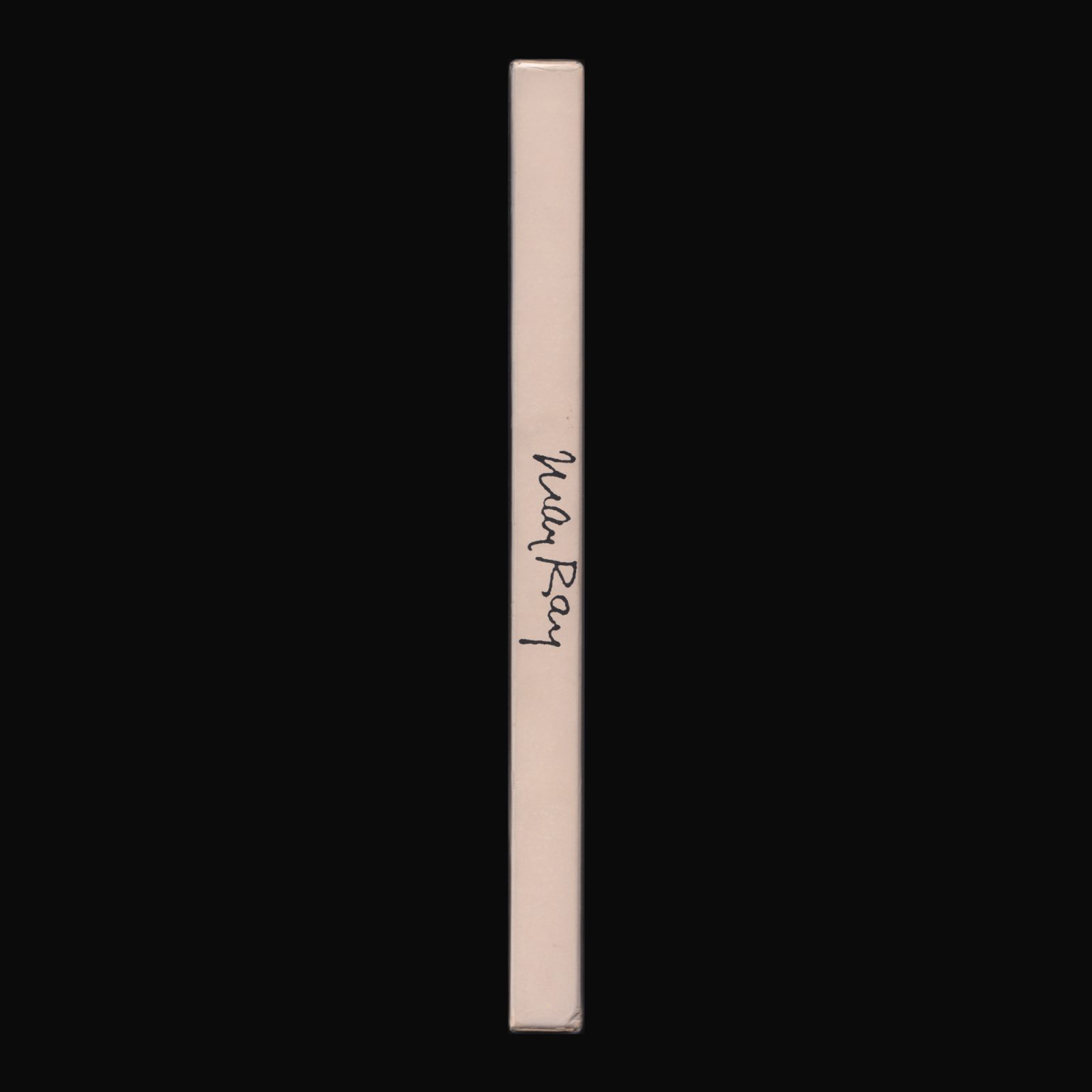

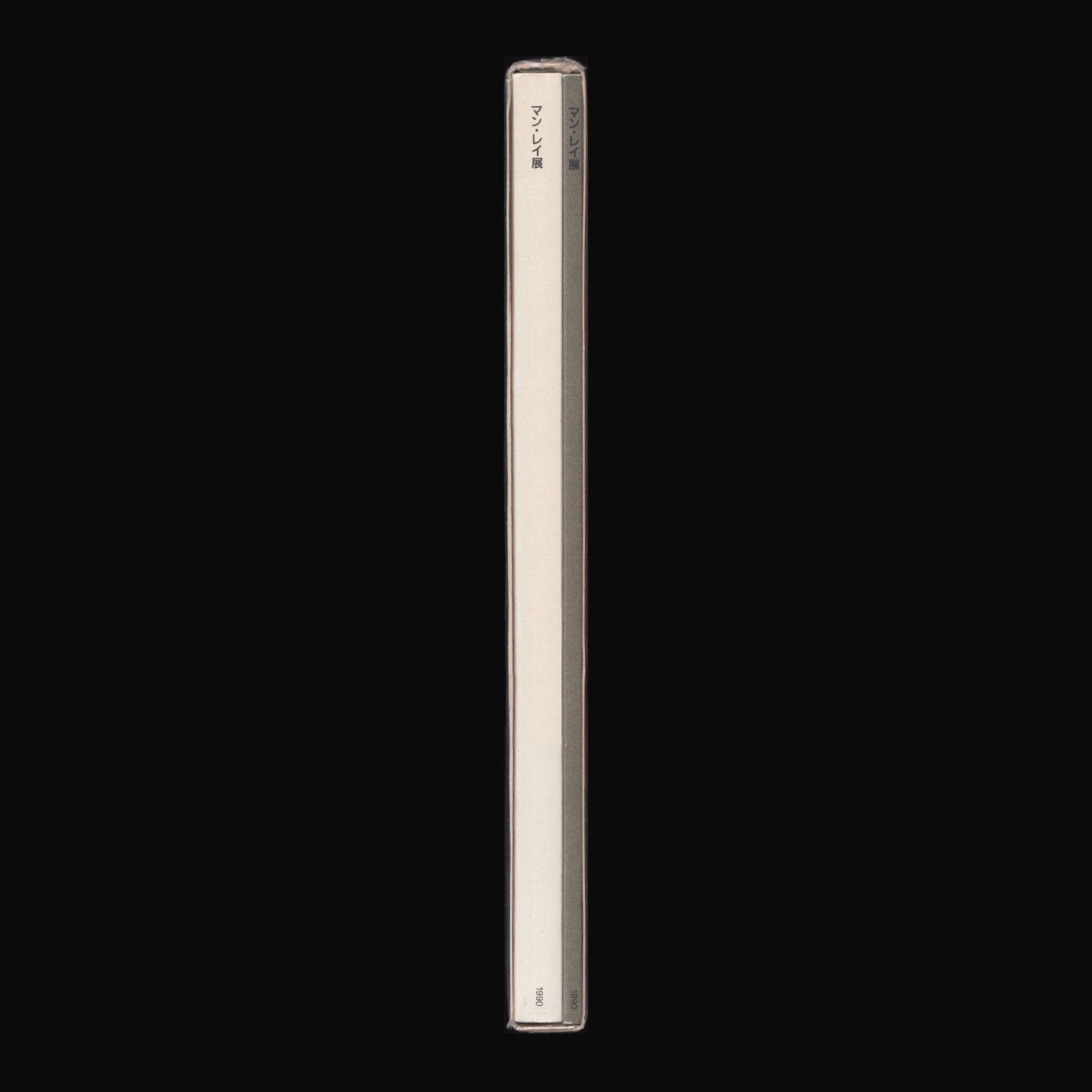










Publication produced on the occasion of the exhibtion Man Ray, to commemorate the centenary of the artist’s birth. Travelling to the following locations; Sezon Museum, 29 September–4 November, 1990; Tenjin Daimaru, Fukuoka 14 March–26 March, 1991; Yokohama Museum of Art, 6 April–8 May, 1991; Kyoto Daimaru Museum, Kyoto 15 August– 20 August, 1991.
2 softcover volumes, dedicated to the sculptural practice and photographic practice separately.






A set of 8 postcards in a plastic slipcase, produced by Janet Burchill and Jennifer McCamley in 2002.


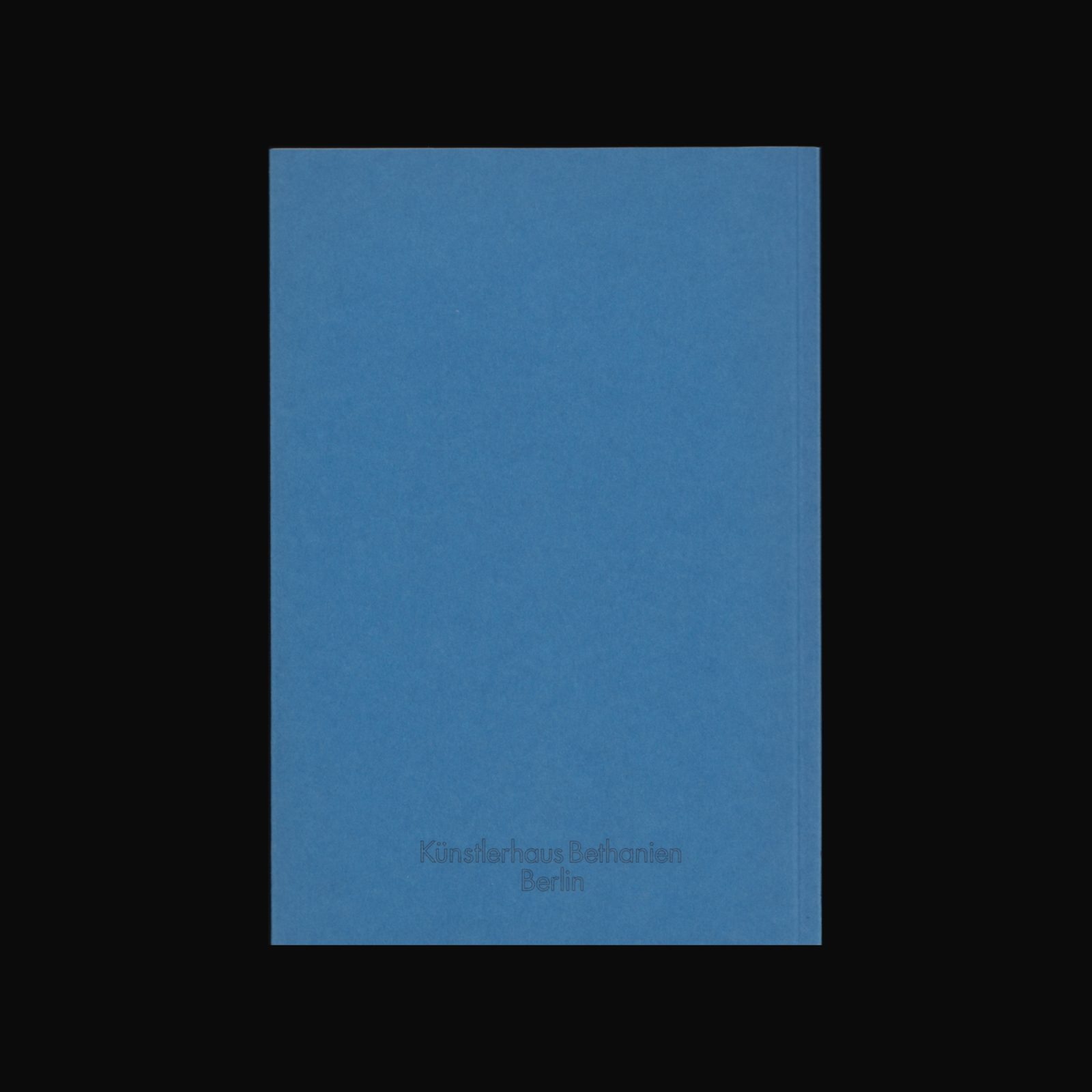




Catalogue of an exhibition held at Künstlerhaus Bethanien, Berlin, 27 November–13 December, 1993 by Australian artists Janet Burchill and Jennifer McCamley. Catalogue essay in English and German by Rex Butler.
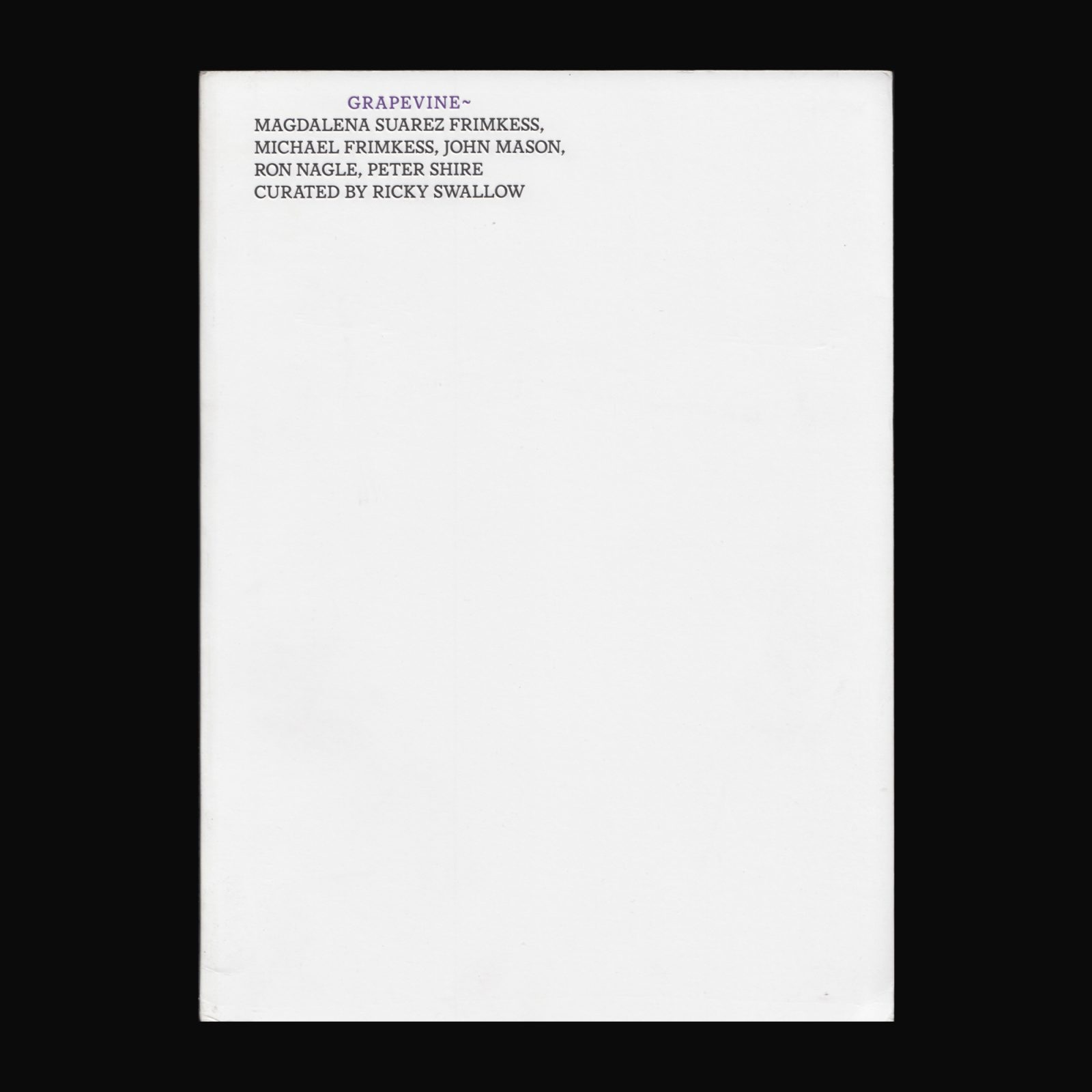






GRAPEVINE~ documents an exhibition curated by artist Ricky Swallow at David Kordansky Gallery during the summer of 2013. It focuses on the work of five California-based artists who redefined the use of clay in contemporary art, and includes images of works created over a period of more than 50 years. Ceramic sculptures by Magdalena Suarez Frimkess, Michael Frimkess, John Mason, Ron Nagle, and Peter Shire exemplify the ways in which the medium underwent dramatic changes after World War II. Also included are select works by other artists influential in this dialogue, such as Ken Price and Peter Voulkos. An essay by Swallow explores the movement’s idiosyncrasies and cross-currents, as well as its influence on subsequent generations of artists.
Text: Ricky Swallow. Photography: Fredrik Nilsen. Design: Sinisa Mackovic & Robert Milne.